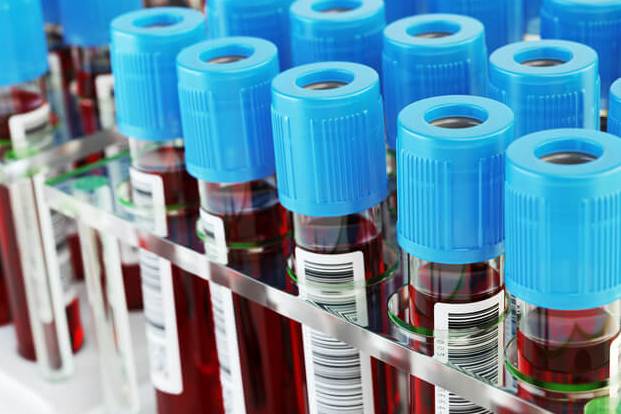Hemophilia: Causes, Symptoms and Risk Factors
Apr 19, 2022
Hemophilia is a genetic disorder where protein factors that help blood clot are missing, or not fully functional. Those with hemophilia experience prolonged bleeding following injury, surgery or even minor trauma. Severe forms of the disease may cause spontaneous bleeding in the absence of any trauma to the body. Bleeding internally into the joints, brain or other organs can lead to serious complications when left untreated.

Hemophilia
Types of Hemophilia:
There are three main types of hemophilia depending on which clotting factor is affected:
- Hemophilia A: deficiency in clotting factor VIII
- Hemophilia B: deficiency in clotting factor IX
- Hemophilia C: deficiency in clotting factor XI.
Symptoms associated with Hemophilia:
- Excessive bleeding following minor injuries.
- Large skin bruises from bleeding within the skin
- Uncontrolled bleeding after receiving a shot or pulling teeth
- Frequent nosebleeds that are hard to stop
- Blood in the urine or stool
- Pain and swelling in the joints due to internal bleeding
- Infantile bleeding after birth or circumcision
- Headaches and difficulties with vision.
Causes and risk factors of Hemophilia:
Hemophilia is an inherited disorder, which means the underlying genetic abnormalities are passed down from parents to their offspring. Hemophilia is the result of mutations (errors) in the genes that encode clotting factors VIII, IX and XI. These mutations lead to less effective versions of the clotting proteins, or their complete absence. When the critical concentration of clotting factors is not present in the body, clots form slower and bleeding is hard to control.
The mutations that are linked to hemophilia are on the X chromosome. Females receive two copies of the X chromosome (one from each parent), so gene products from one normal X chromosome often make up for any deficiencies present on the second X chromosome. Since inheriting two defective copies of the same gene is rare, the majority of females are carriers; they carry one hemophilia gene and can clot blood normally.
Males have a higher chance of suffering from hemophilia:
Males have a much higher chance of developing hemophilia because they only receive one copy of the X chromosome (from their mother). Instead of a second X chromosome, they inherit a Y chromosome (from their father), which does not duplicate the gene content of the X chromosome. Therefore, one defective X chromosome is sufficient for developing hemophilia. Hemophilia is called an X-linked trait because only mothers can pass it down to their sons.
Rare types of Hemophilia:
A rare form of hemophilia known as acquired hemophilia is not due to inheritance but instead happens when the body launches an immune attack against clotting factor VIII. This form of hemophilia begins in adulthood and leads to spontaneous internal bleeding into the joints, muscles and other tissue. Acquired hemophilia is not fully understood, but is linked to cancer, immune disease, allergies, and pregnancy.
Death due to bleeding-related causes is significantly higher with an inhibitor than without inhibitor. Inhibitors also increase the risk of bleeding and joint damage as well as the cross of care.




